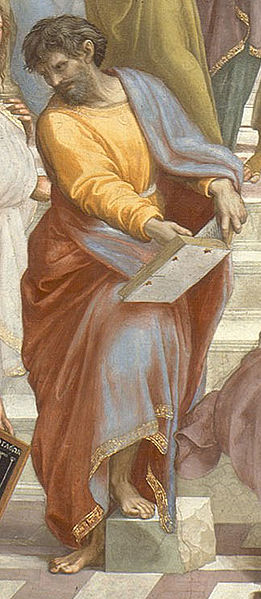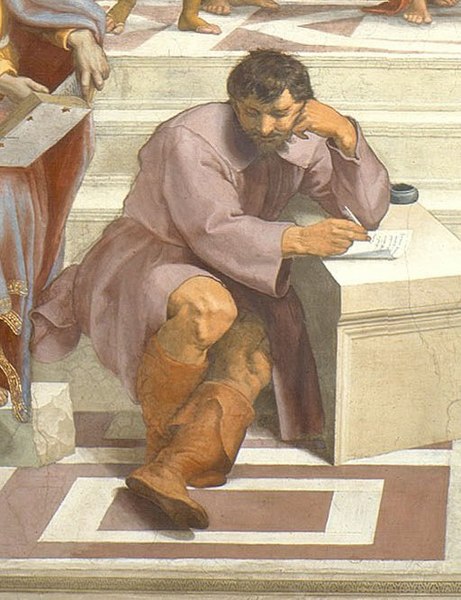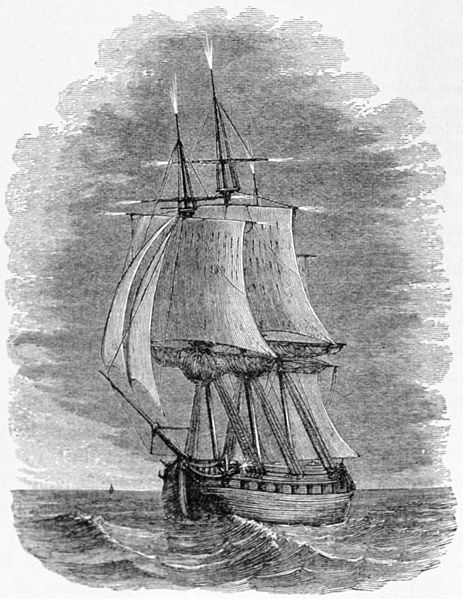Anaximenes of Miletus was an Ancient Greek, Pre-Socratic philosopher from Miletus in Anatolia. He was the last of the three philosophers of the Milesian School, after Thales and Anaximander. These three are regarded by historians as the first philosophers of the Western world. Anaximenes is known for his belief that air is the arche, or the basic element of the universe from which all things are created. Little is known of Anaximenes' life and work, as all of his original texts are lost. Historians and philosophers have reconstructed information about Anaximenes by interpreting texts about him by later writers. All three Milesian philosophers were monists who believed in a single foundational source of everything: Anaximenes believed it to be air, while Thales and Anaximander believed it to be water and an undefined infinity, respectively. It is generally accepted that Anaximenes was instructed by Anaximander, and many of their philosophical ideas are similar. While Anaximenes was the preeminent Milesian philosopher in Ancient Greece, he is often given lower importance than the others in the modern day.

Anaximenes of Miletus as depicted in the Nuremberg Chronicle (1493)
Astrology by the 16th-century Dutch engraver Cornelis Cort has a book labeled "Anaximenes" (bottom left).
The ruins of Miletus
Pre-Socratic philosophy, also known as Early Greek Philosophy, is ancient Greek philosophy before Socrates. Pre-Socratic philosophers were mostly interested in cosmology, the beginning and the substance of the universe, but the inquiries of these early philosophers spanned the workings of the natural world as well as human society, ethics, and religion. They sought explanations based on natural law rather than the actions of gods. Their work and writing has been almost entirely lost. Knowledge of their views comes from testimonia, i.e. later authors' discussions of the work of pre-Socratics. Philosophy found fertile ground in the ancient Greek world because of the close ties with neighboring civilizations and the rise of autonomous civil entities, poleis.
Pythagoras
Parmenides
Heraclitus
St. Elmo's fire (luminous plasma created by a corona discharge from a rod-like object) in a ship. Xenophanes' contemporaries attributed this phenomenon to the deity Dioscuri. Xenophanes argued that the observed illumination is due to small clouds influenced by special circumstances relating to stars—an example of naturalism and reductionism.







